Geology and geomorphology of Son Doong Cave
Located in the core zone of Phong Nha Ke Bang National Park, Bo Trach District, Quang Binh Province, Son Doong Cave not only has great size but also contains special geological and geomorphological values.
Geological and geomorphological features
Geology of Son Doong Cave: The cave was formed inside the oldest limestone massif in Asia (400 – 450 million years old). Through the analysis of sediment samples, Son Doong had been defined as a young cave, from 2 to 3 million years old.
The cave was formed by erosion over millions of years by allogenic rivers, the Rao Thuong and Khe Ry (the longest river cave in Asia), sinking along a straight sub-vertical faultline of the Truong Son mountain range, and forming a giant tunnel underneath the limestone mountains. Thin limestone layers and large fault lines caused two roof collapses or skylights to form.
Doline 2 - Garden of Edam - A jungle inside the Son Doong Cave.
Son Doong Cave is divided into 3 sections: The first part, from the cave entrance to Doline 1, is still active with a permanent underground river. This section has many sediments indicating regular flooding during the wet season. The collapse at the first Doline acts as a dam causing the passage to fill up to the Level Playing Fields campsite.
The second and third sections of the cave are fossil passages and the Passchendaele, with no active rivers. This has allowed the development of extensive calcite formations in these passages. Passchendaele carries a small stream, and after heavy rainfall may fill up to form a lake, leading to the Wall of Vietnam, a huge calcite wall.
Two dolines have formed in the central section of the cave. The first is likely to be due to the collapse of some thin limestone layers, which cannot support the roof of such a high passage. The second doline is located at a junction of two fault lines, creating a weakness and resulting in collapse.
Fossil passages and Passchendaele passage.
Special cave formation
One of the special cave formations discovered in Son Doong Cave that is rarely found is called Phytokarst. This is limestone destruction by biological activity. In scientific nomenclature, Phyto means light and karst refers to limestone. Phytokarst is usually described as bundles of pencils. Around Doline 1, phytokarst is seen on limestone and calcite. Cyanobacteria, also known as blue-green algae, secrete a weak acid which dissolves the rock or calcite. As light is required by the algae, the formations point towards the light, although they are not growing towards the light.
Cave pearls: Water drops from the ceiling of the cave for millions of years creating the cave pearls of Son Doong Cave some the size of baseballs. Learn more about “How cave pearls form” here.
Cave pearls were formed from water carrying calcite carbonate dropping from the ceiling into pools on the floor of the cave over hundreds of years.
Hand of Dog: A stalagmite in Son Doong Cave with a height of 80m, nearly 1km from Doline 1, which is considered the world's biggest natural stalagmite.
The silhouette of Hand of Dog stalagmite at Doline 1.
The Great Wall of Vietnam: During the first survey, the caving team had to return because they could not overcome the huge calcite wall (90m high) near the end of Son Doong Cave - known as the Great Wall of Vietnam. On the next expedition in 2010 with fully specialized caving equipment, they could finally overcome the wall to reach the exit of the cave.
Climbing The Great Wall of Vietnam with the help of the technical caving equipment.
The Oxalis Experience.
Whether you prefer long treks, camping in a cave, sleeping under the stars in the jungle, swimming underground in river caves, explore the huge dry caves or just taking an exploratory day trip, Oxalis Adventure Tours can provide the right amount of adventure just for you.



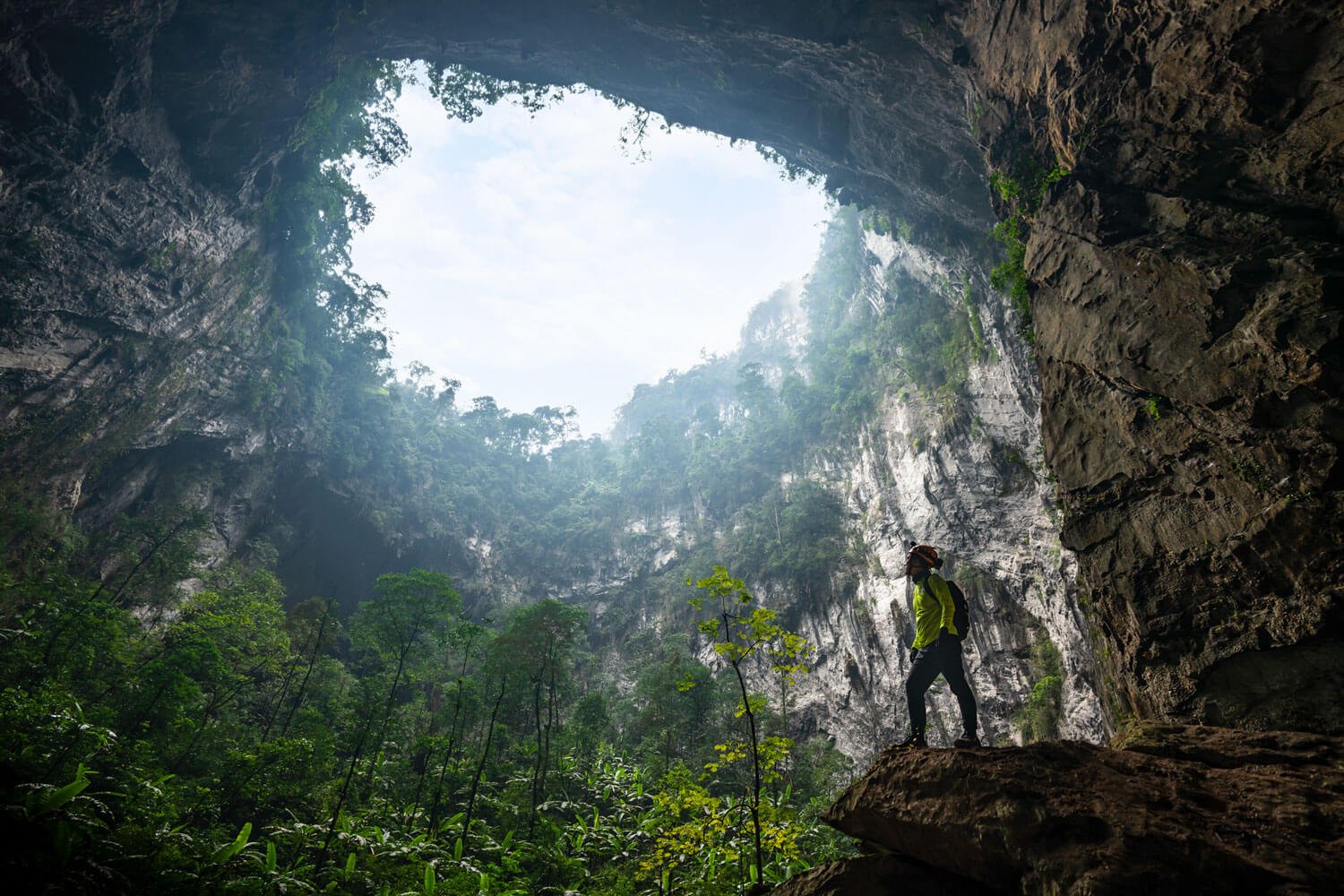
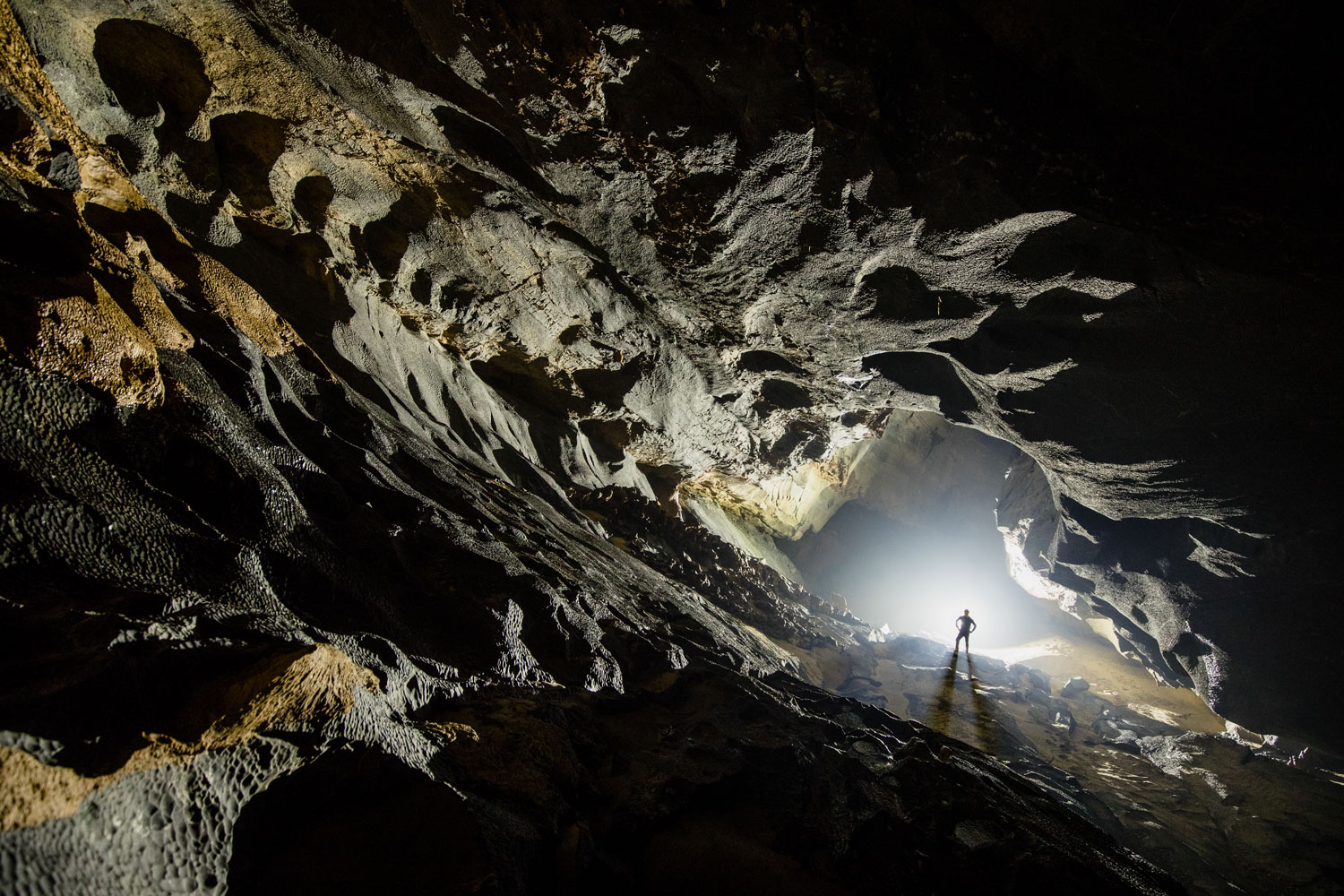
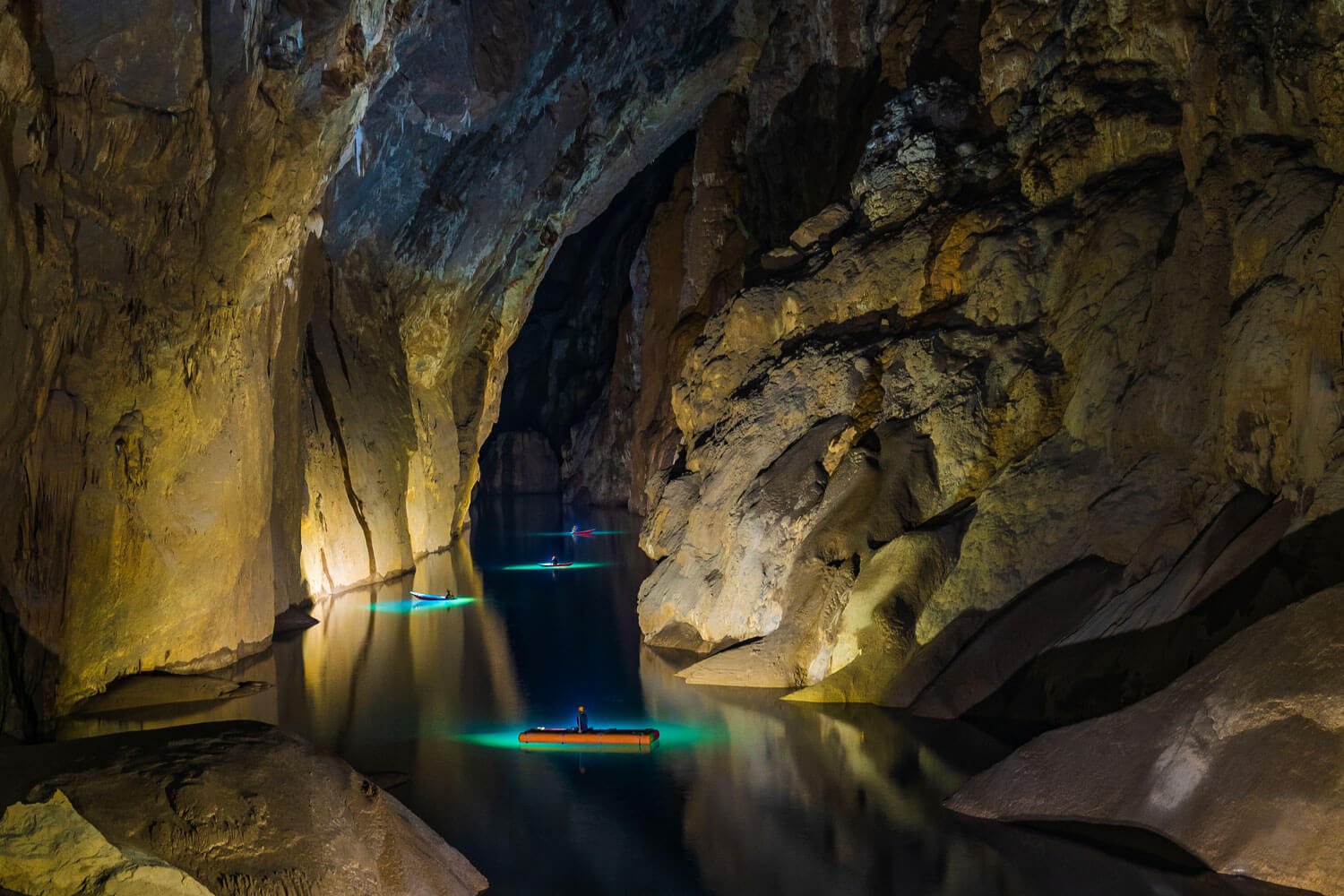
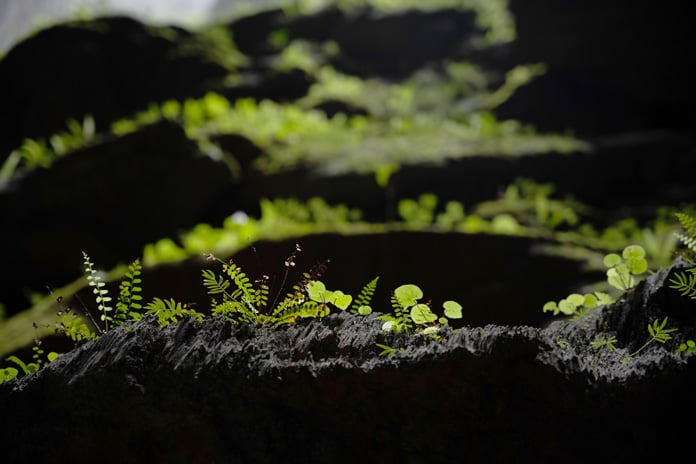
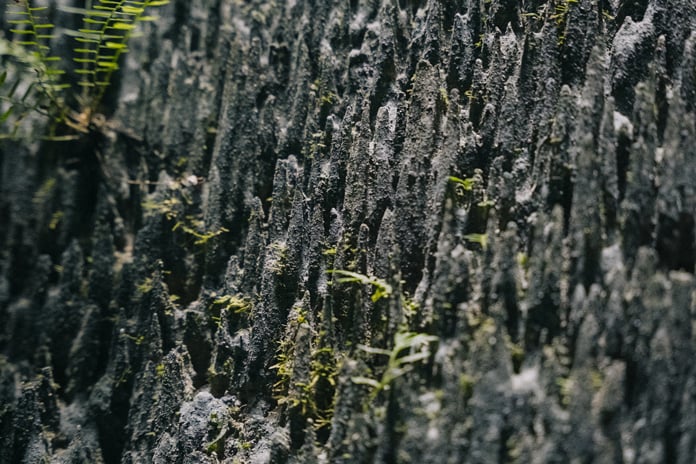
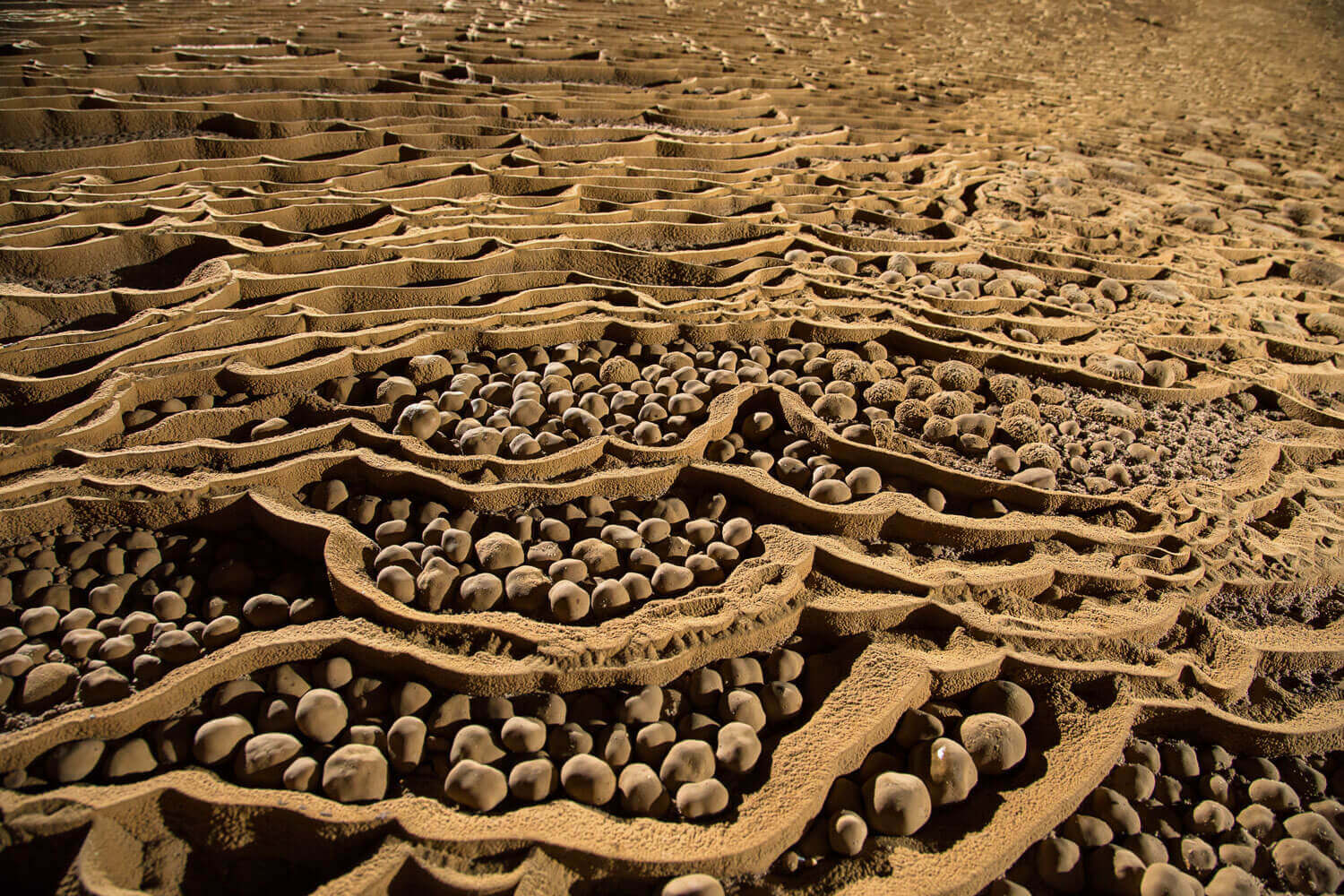
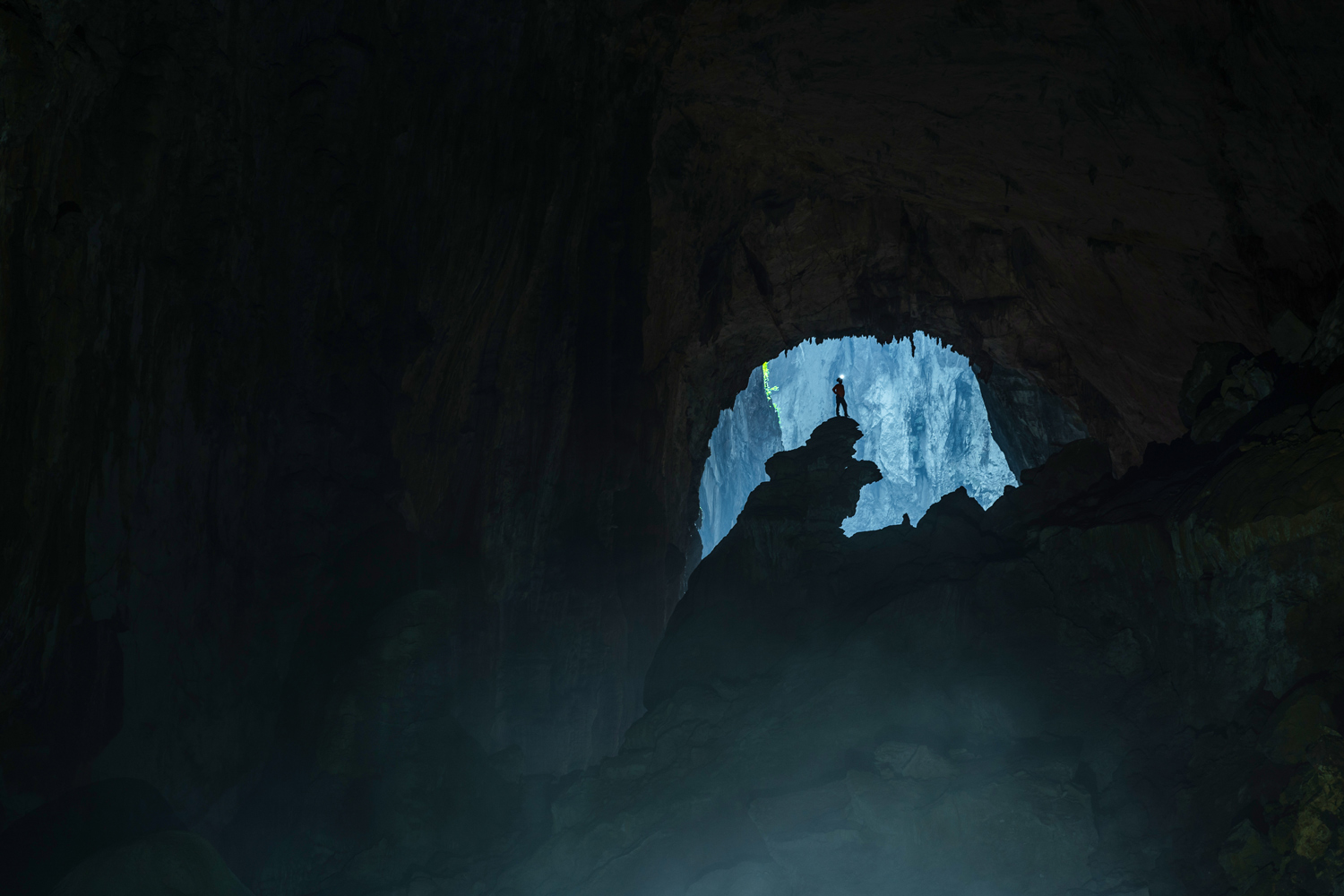
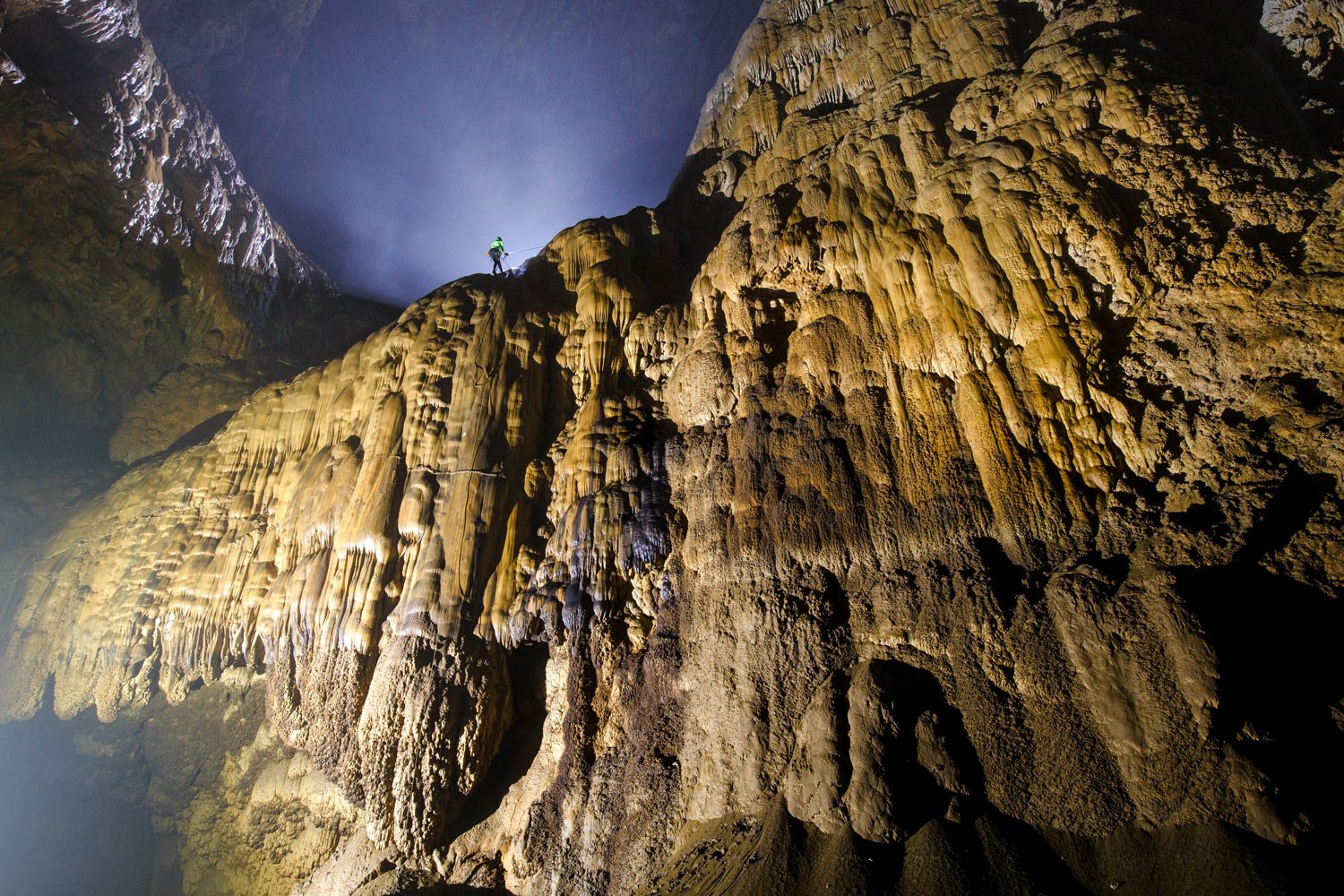
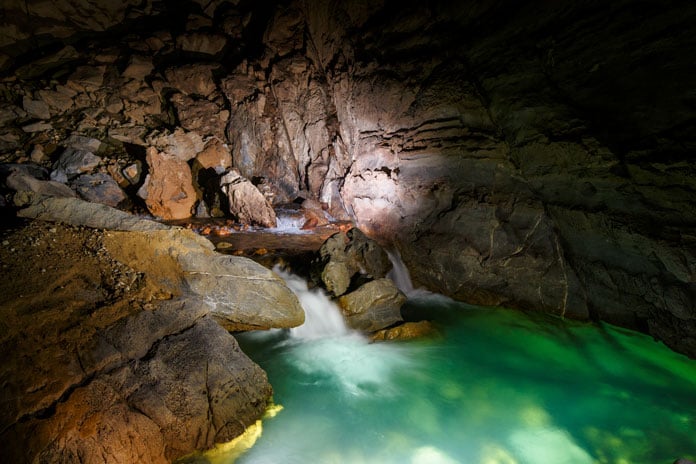
__637740499994967442.jpg)
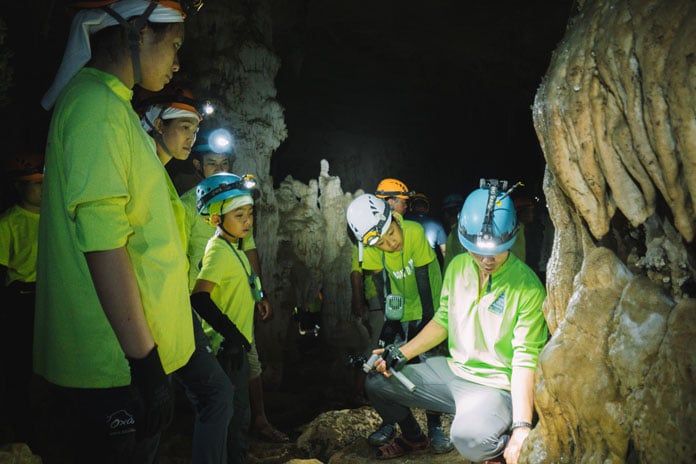

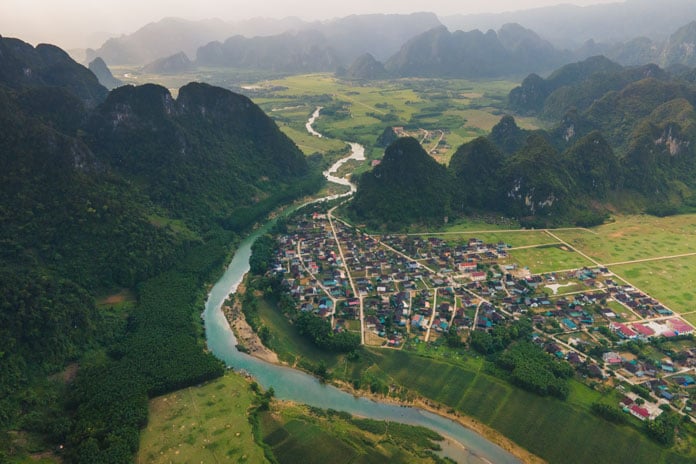


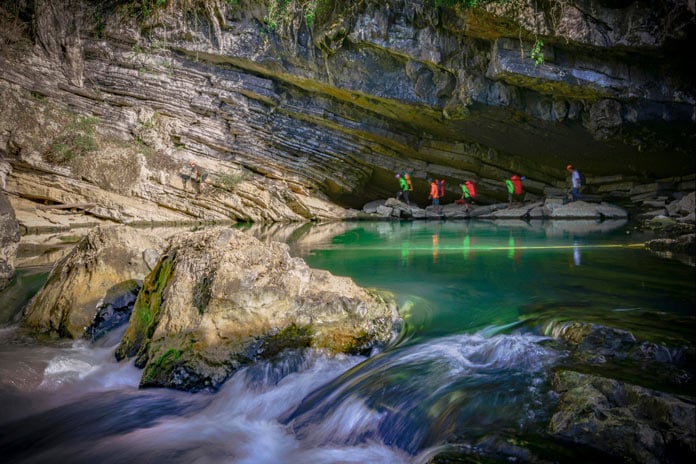
__637051767008903435.jpg)
__637051765075307793.jpg)
__637051774329206026.jpg)
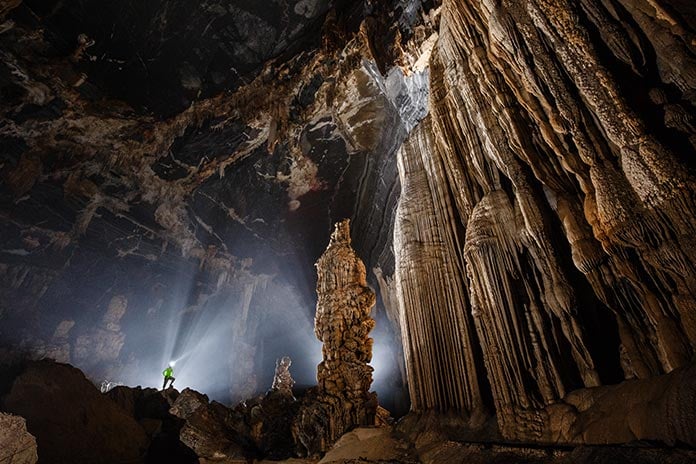
__637051782550081035.jpg)
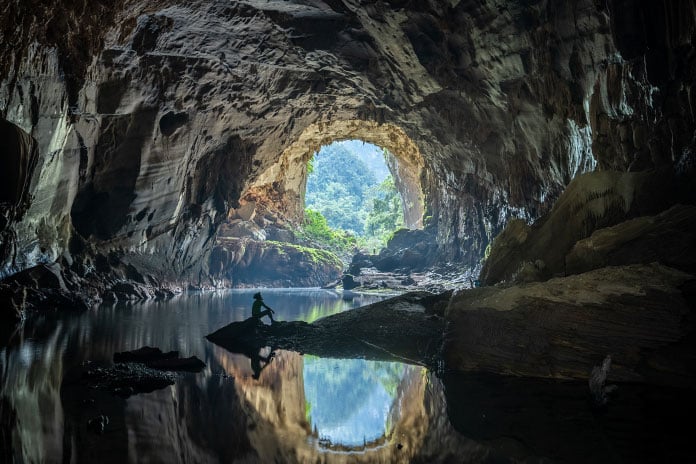
__637051777074859032.jpg)
__637051780703588520.jpg)
__637051781488596056.jpg)